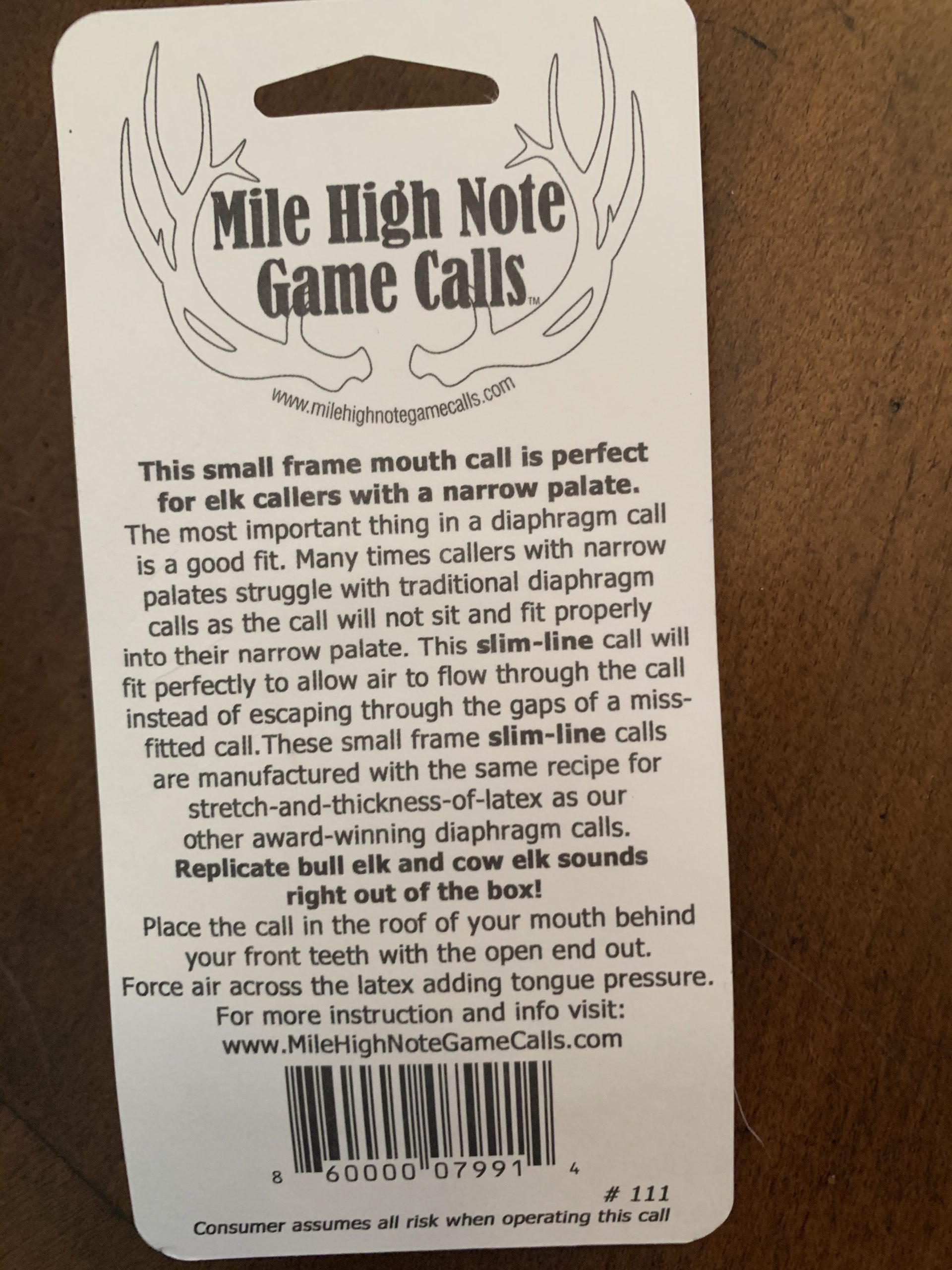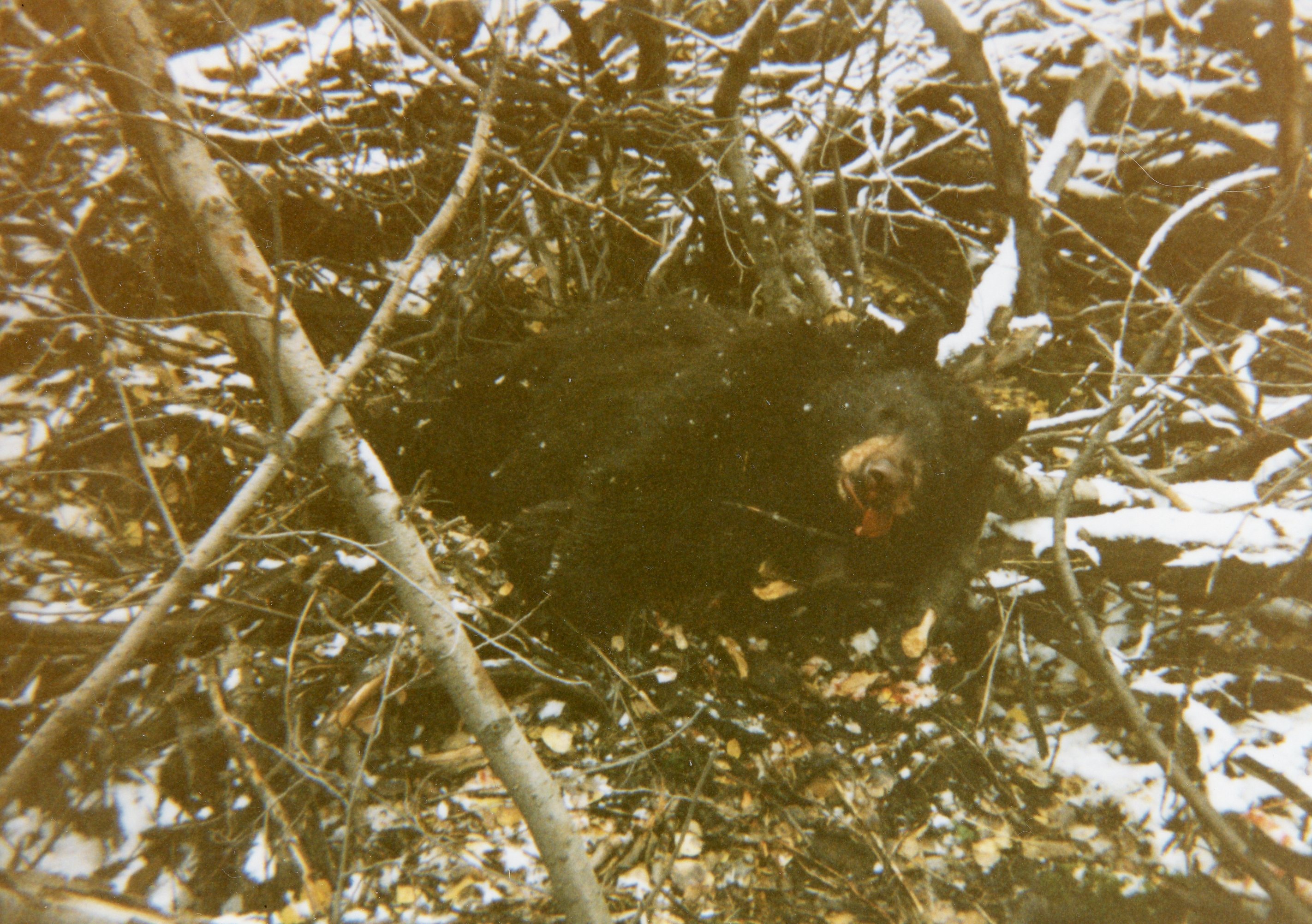Huntin by Yourself
Luke Combs Teases New Single About Cherishing Moments With Your Kids – “Huntin’ By Yourself” Mary Claire Crabtree· COUNTRY MUSICNEWS ·April 30, 2024 Luke Combs is leaning into this fatherhood. I mean, this one has to drop on Father’s Day, right… it’s the perfect song for bonding with your kiddos. Combs, now a dad of two boys, really understands the meaning of “time moves fast” and perfectly captures that in this demo he shared for a new track called “Huntin’ By Yourself.” “This song is about doing things you love with your kids, but knowing they’ll grow up one day & then you’ll realize it’s never about what you’re doing but who you do it with.” The sweet lyrics of the track tell the story of a father who has spent many years hunting with his child. From him taking down his first buck to all of the amazing moments they shared in the stand, they were also met with moments when maybe the father wished he hadn’t brought his kiddo to the woods. It can be frustrating when the little ones don’t want to sit still or talk too loudly, but you’ll look back on those times wishing you had them again rather than being alone in the stand when they have grown up. “He moves too much And he talks too loud But I don’t mind cause I’m finding out, even if it’s Just time we’re killin’ It’s never felt more like livin’ They’ll make you cuss And wear your patience thin But next thing you know they’re All grown up and then You’re huntin’ by yourself again…” Who is cutting onions in here? So many folks in the comments feel the same way,


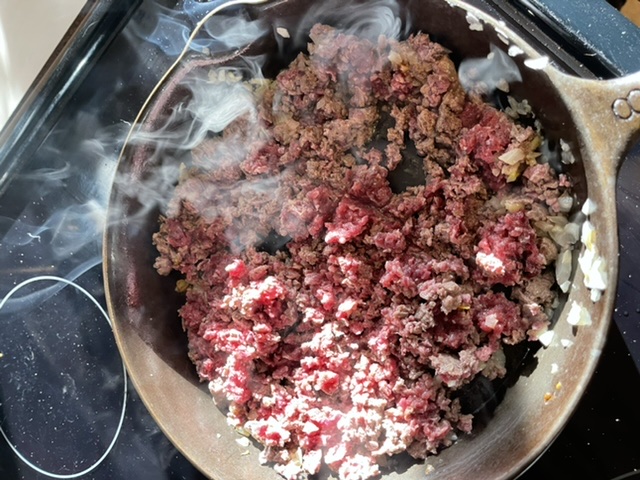

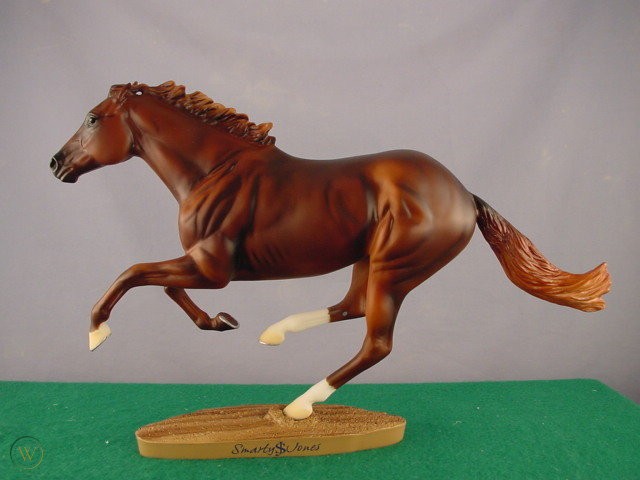
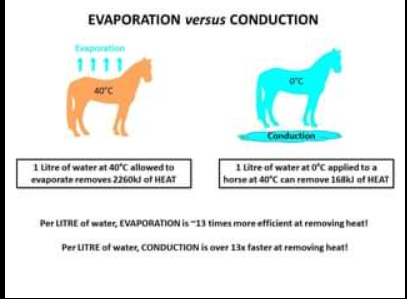
 Per litre, Ice-Cold water (0-5°C) removes heat faster than evaporation of 1 litre of water or sweat. Per litre, the complete evaporation of 1 litre of sweat or water removes 13x more heat than 1 litre of ice-water BUT evaporation takes 10-15x longer to remove the heat. COLD WATER = QUICK COOLING, BUT WASTEFUL OF WATER (INEFFICIENT) - USE FOR RAPID COOLING EVAPORATION OF WATER OR SWEAT = SLOW, BUT DOESNT WASTE WATER (EFFICIENT) - USE FOR KEEPING HORSES COOL MYTHS Myth 1 - “You should never put cold water on a hot horse"Explanation - Ice-cold water(0-5°C) on hot horses does not cause shock, laminitis, kidney damage, muscle damage, tying-up or heart attacks! Myth 2 - “Water left on a horse will heat up and insulate and make the horse hotter."Explanation - Flawed physics! Water is a better conductor of heat than air. A wet horse will actually cool faster than a dry one, even if humidity is 100%. Myth 3 - “Scraping is essential." Explanation - Scraping just wastes time that could be better used putting more water on to cool by conduction. Scraping also wastes water when water is in short supply. Water which could evaporate on the horse. Water evaporating on the ground doesn't cool horses down. Myth 4 “Concentrate on large veins, arteries inside the back legs, large muscle groups"Explanation - NO. Cooling by evaporation or conduction works by cooling
Per litre, Ice-Cold water (0-5°C) removes heat faster than evaporation of 1 litre of water or sweat. Per litre, the complete evaporation of 1 litre of sweat or water removes 13x more heat than 1 litre of ice-water BUT evaporation takes 10-15x longer to remove the heat. COLD WATER = QUICK COOLING, BUT WASTEFUL OF WATER (INEFFICIENT) - USE FOR RAPID COOLING EVAPORATION OF WATER OR SWEAT = SLOW, BUT DOESNT WASTE WATER (EFFICIENT) - USE FOR KEEPING HORSES COOL MYTHS Myth 1 - “You should never put cold water on a hot horse"Explanation - Ice-cold water(0-5°C) on hot horses does not cause shock, laminitis, kidney damage, muscle damage, tying-up or heart attacks! Myth 2 - “Water left on a horse will heat up and insulate and make the horse hotter."Explanation - Flawed physics! Water is a better conductor of heat than air. A wet horse will actually cool faster than a dry one, even if humidity is 100%. Myth 3 - “Scraping is essential." Explanation - Scraping just wastes time that could be better used putting more water on to cool by conduction. Scraping also wastes water when water is in short supply. Water which could evaporate on the horse. Water evaporating on the ground doesn't cool horses down. Myth 4 “Concentrate on large veins, arteries inside the back legs, large muscle groups"Explanation - NO. Cooling by evaporation or conduction works by cooling